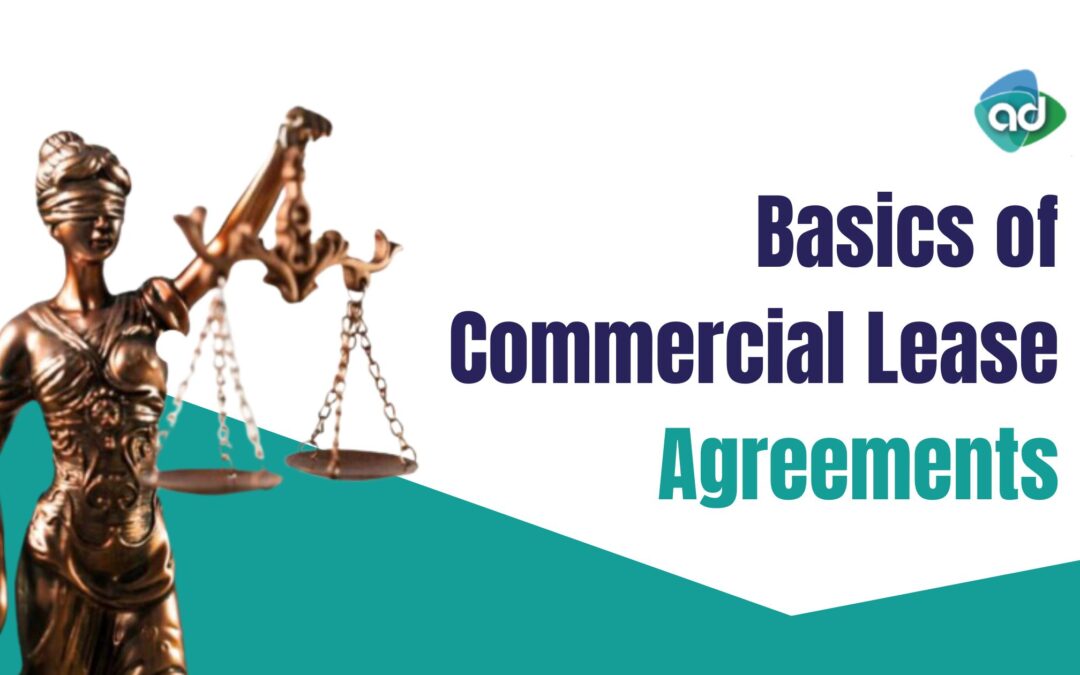No business owner or landlord ever looks forward to dealing with a commercial lease. It’s fairly huge and overwhelming. In this article, we take you through the primary components for a commercial lease agreement according to UK law so you can use it to direct business owners in making informed decisions.
Commercial lease agreements are very important documents in the landscape of renting property for businesses in the UK. Whether you are a landlord trying to let out your commercial space or a business owner needing a location, understanding the details of such leases is critical. A commercial lease is a document that lays out the conditions under which one party, the tenant, is allowed to occupy a premise owned by another party, who is the landlord, in the ordinary conduct of a business. These can be vastly different from residential leases, reflecting the unique needs and dynamics of commercial enterprises.
In the UK, commercial leases are mainly defined by the Landlord and Tenant Act 1954 and other common law principles. They may cover anything from office space, shops, and warehouses to industrial premises. Because of the significance associated with commercial leases, it remains essential that both the landlords and the tenants understand the main features and consequences of the agreements in order to protect their interests and, along that way, have a successful business.
Key Elements of a Commercial Lease Agreement
Parties Involved
A commercial lease agreement must clearly define the parties: the landlord, otherwise known as the lessor, and the tenant, otherwise known as the lessee. The document should clearly capture the parties’ full names, addresses, and contacts. If a company is involved, ensure the inclusion of the company registration number and a statement of the registered office address.
Property Description
The property must be described in reasonably full detail, specifying the address and size and stating any specific boundaries of the leased property. A good description will avoid disputes over what exactly is included within the lease and what areas are for the sole use of the landlord.
Lease Term
This can be simply stated in terms of years or can define the commencement and end dates and any renewal or termination options. The length of a commercial lease ranges from short-term agreements of less than five years to long-term arrangements of 10 years or more.
Rent and Payment Terms
The rent amount and the frequency of payment, such as monthly or quarterly, are required to be stated, along with any escalation clauses attached to the agreement. These allow the landlord to increase the rental at some future date. It needs to also clearly state who bears the utilities, maintenance costs, and property taxes.
Use of the Property
UTILISATION OF THE PROPERTY. This outlines how the property is to be used. The landlord may include a covenant restricting the use of the property that will not permit the tenant to operate a business that will disturb other tenants or that is a nuisance according to the relevant local zoning statutes. These types of provisions will protect the landlord’s interest in the property.
Repair and Maintenance Obligations
This should be clearly stipulated in the lease: who is responsible for maintenance and repairs? Many times, landlords wish the tenants to take up the responsibility for internal maintenance while they keep the onus on external repairs.
Alterations and Improvements
If a tenant desires improvements or alterations to the property, the terms under which these can be carried out must be clear. Normally, a landlord will require that a tenant obtain prior approval for alterations and may also require that at the determination of tenancy, the tenants remove all those alterations, restoring the property’s original condition.
Termination Clause
Termination clause: The termination clause clarifies how either party can terminate a lease agreement. It must indicate the notice periods, conditions that could be considered for immediate termination, and how the property may be received back on completion of the tenancy.
Dispute Resolution
The lease should contain dispute resolution mechanisms that identify how issues between the landlord and the tenant will be resolved. This might involve mediation, arbitration, or a judicial process that helps both parties understand their rights in case of disagreement.
Guarantor Agreements
Sometimes, landlords need a guarantor’s signature on a lease agreement as an added level of security in making the lease agreement whole. This commonly applies to tenants who do not have enough qualifying credit or financial history.
Conclusion
Even tenants and landlords should be conversant with the basics of commercial lease agreements within the UK. A good lease caters to mutual obligations and builds the framework for a successful business relationship. So as you go on to understand the ins and outs associated with leasing commercial properties, you must remember that it will be the details recorded in the lease that one day may stand between the success and failure of your business and possible financial debt to be discharged.
Before signing a commercial lease of any kind, it is highly recommended that one seek professional legal advice on the implications brought about by every term laid out in it. A qualified solicitor, therefore, should be in a better position to iron out ambiguous language, ensure UK law compliance, and negotiate better terms for the benefit of your business. And, as a tenant or landlord, spending time understanding the small print within your commercial lease will make for a less bumpy yet successful venture.
